Nursing Case Study: Acute Chronic Heart Failure Patient Management
VerifiedAdded on 2023/04/22
|7
|1803
|161
Case Study
AI Summary
This nursing case study delves into the management of Mrs. Brown, a 78-year-old patient admitted with acute chronic heart failure. The case study begins by detailing the patient's initial presentation, including symptoms such as dyspnea, increased respiratory rate, and atrial fibrillation. It explores the pathophysiology of the condition, linking it to Mrs. Brown's pre-existing heart failure and discussing the physiological mechanisms that lead to pulmonary and venous congestion. The study then highlights the crucial role of nursing professionals in rapid assessment, triage, and communication with the patient to manage anxiety and ensure proper breathing. Furthermore, it discusses the pharmacological interventions, specifically the use of Furosemide to reduce fluid accumulation and sublingual glyceryl trinitrate to decrease ventricular pressure, emphasizing the importance of monitoring vital signs and fluid balance after drug administration. The case study concludes by referencing relevant literature to support the discussed treatment strategies and physiological explanations.
1 out of 7
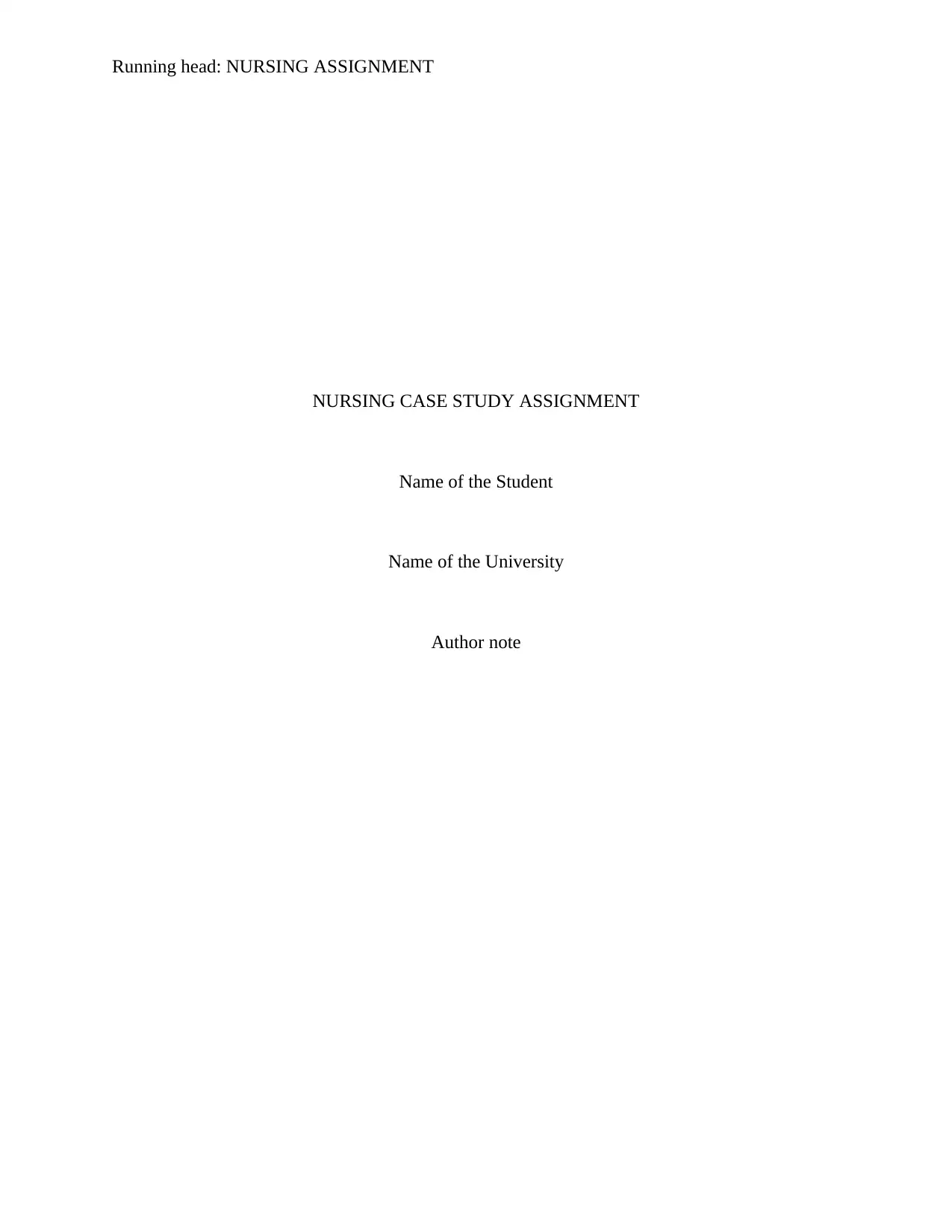
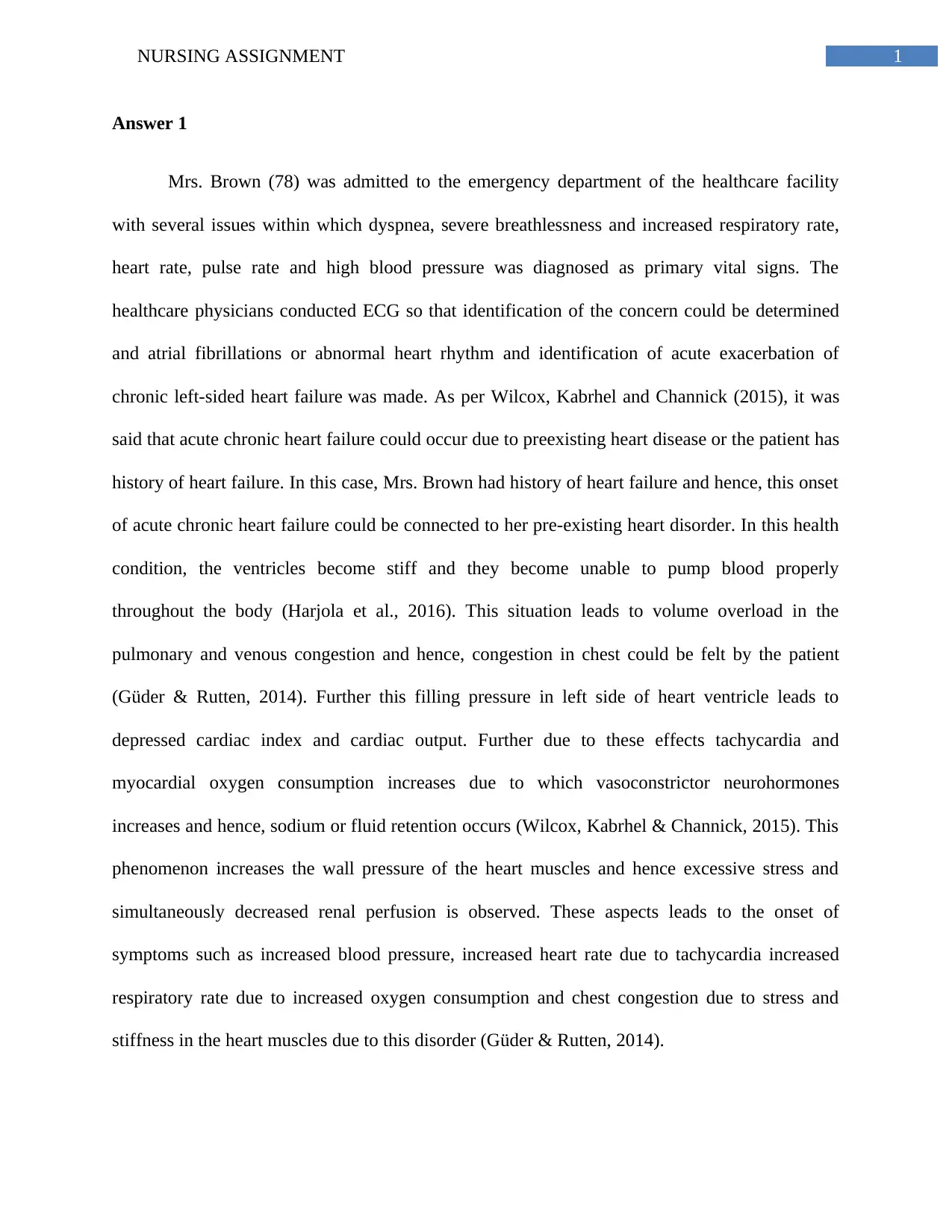
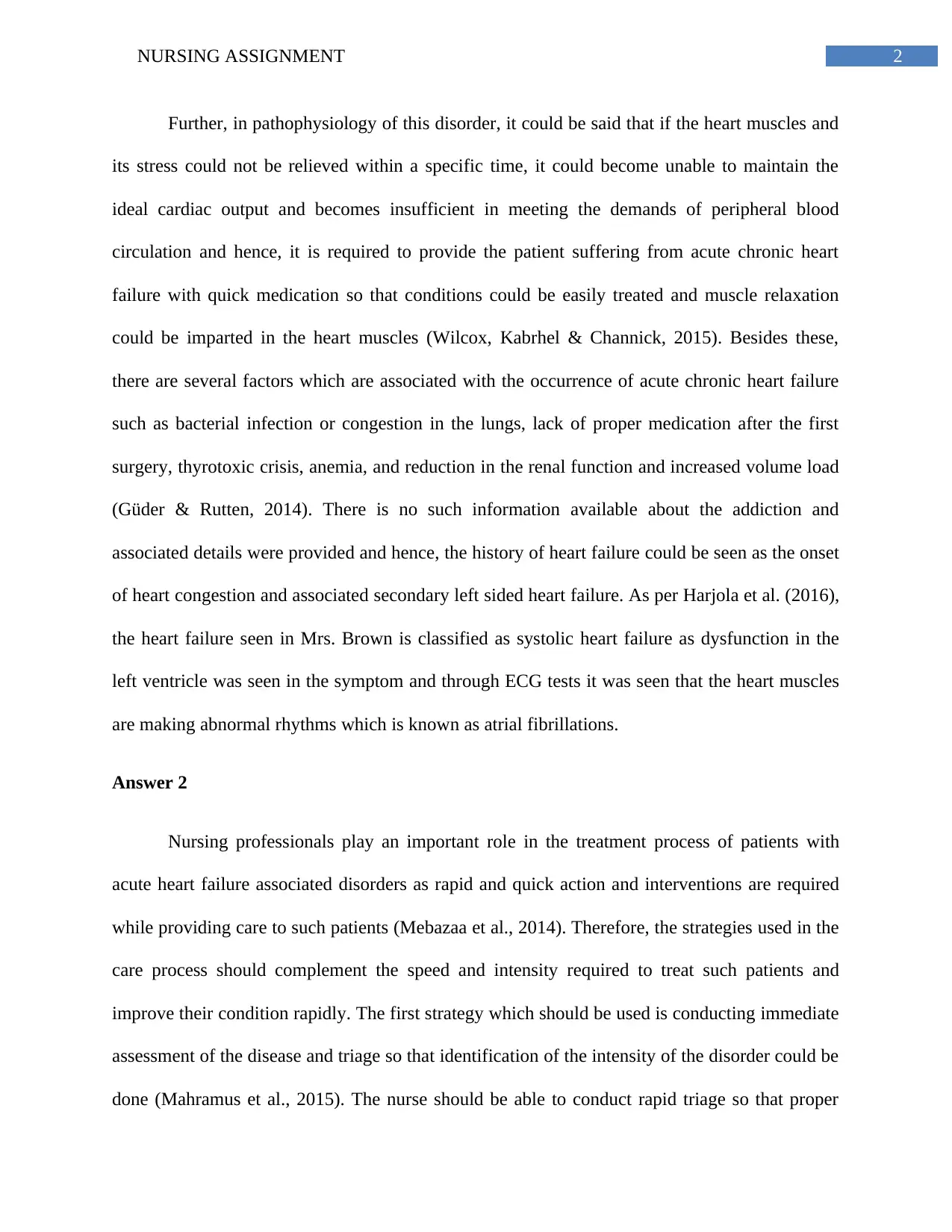
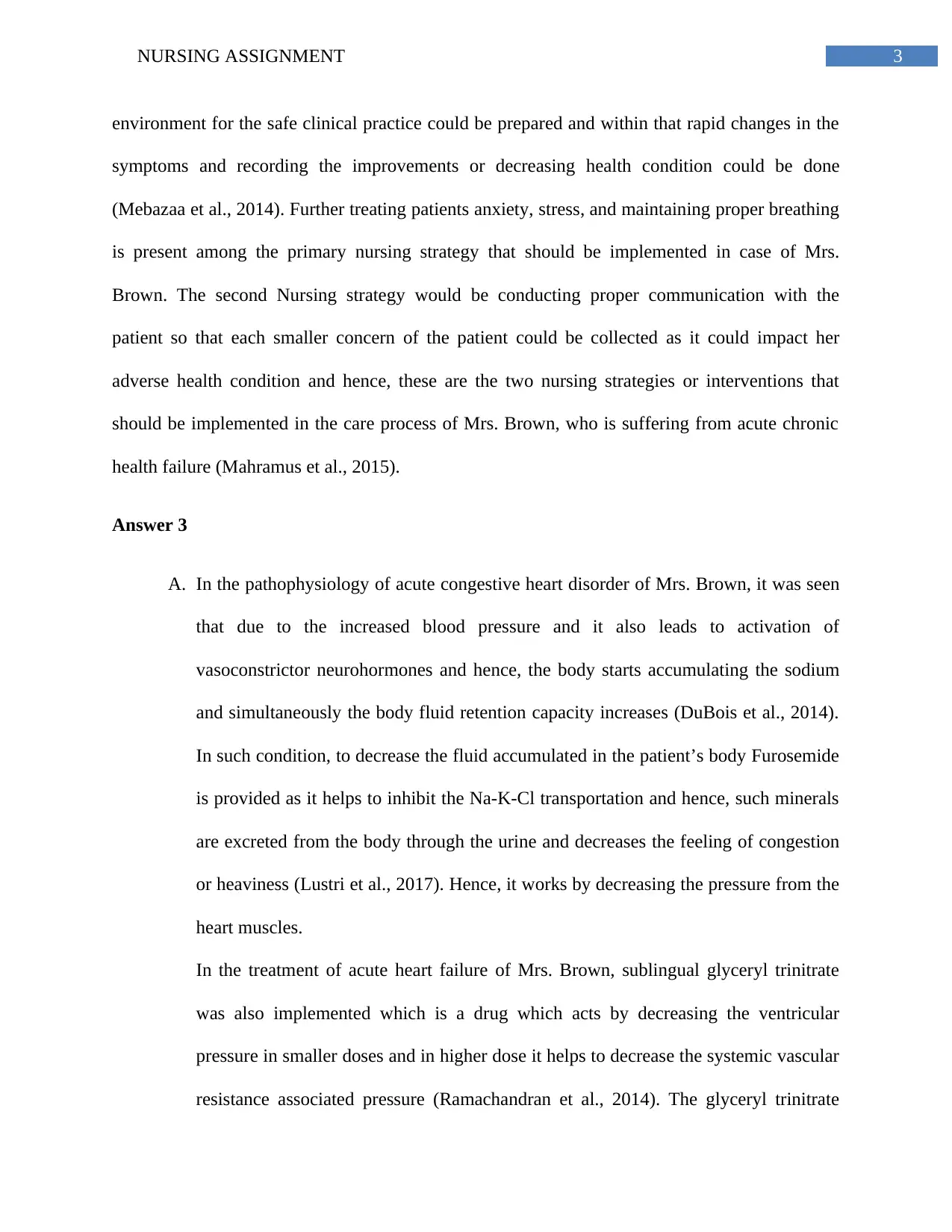
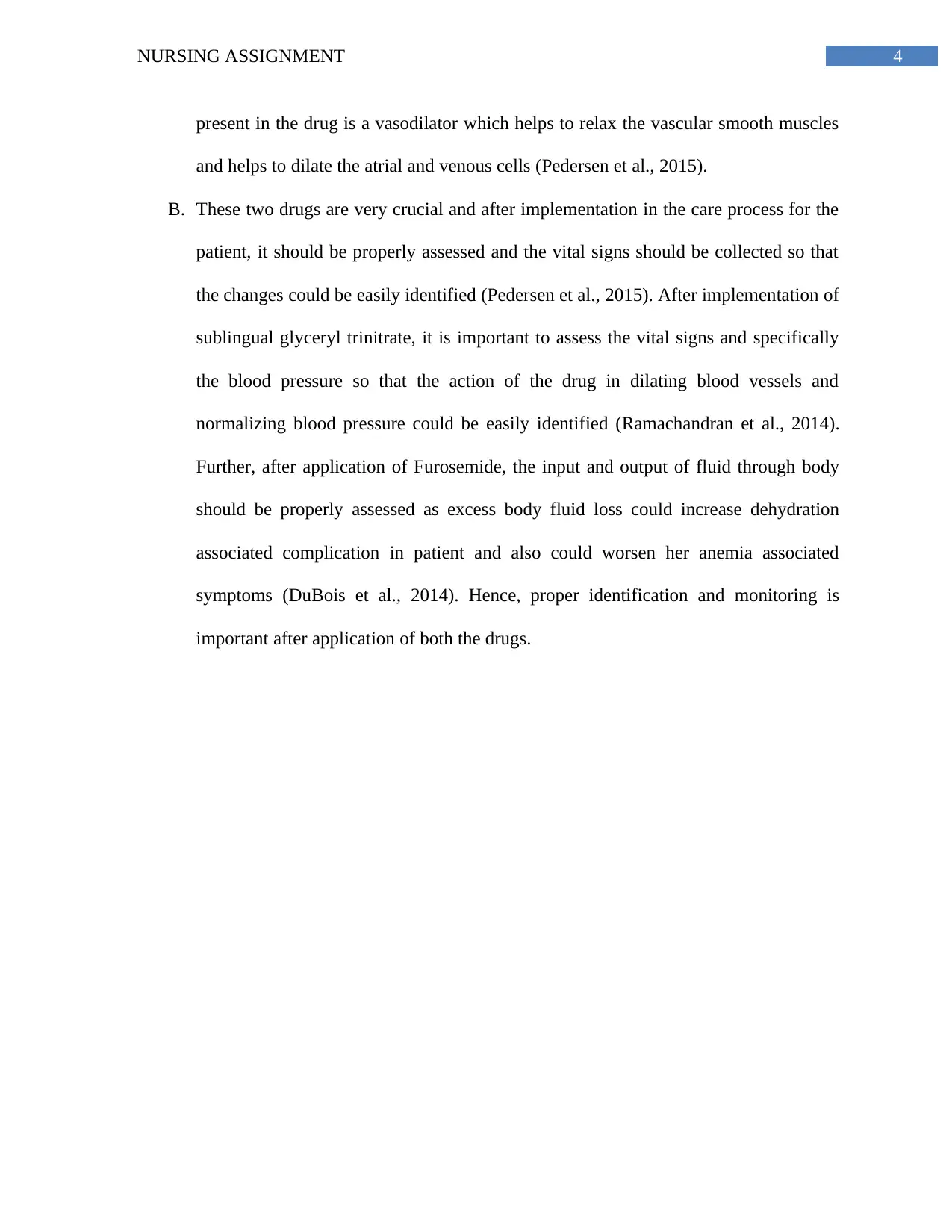
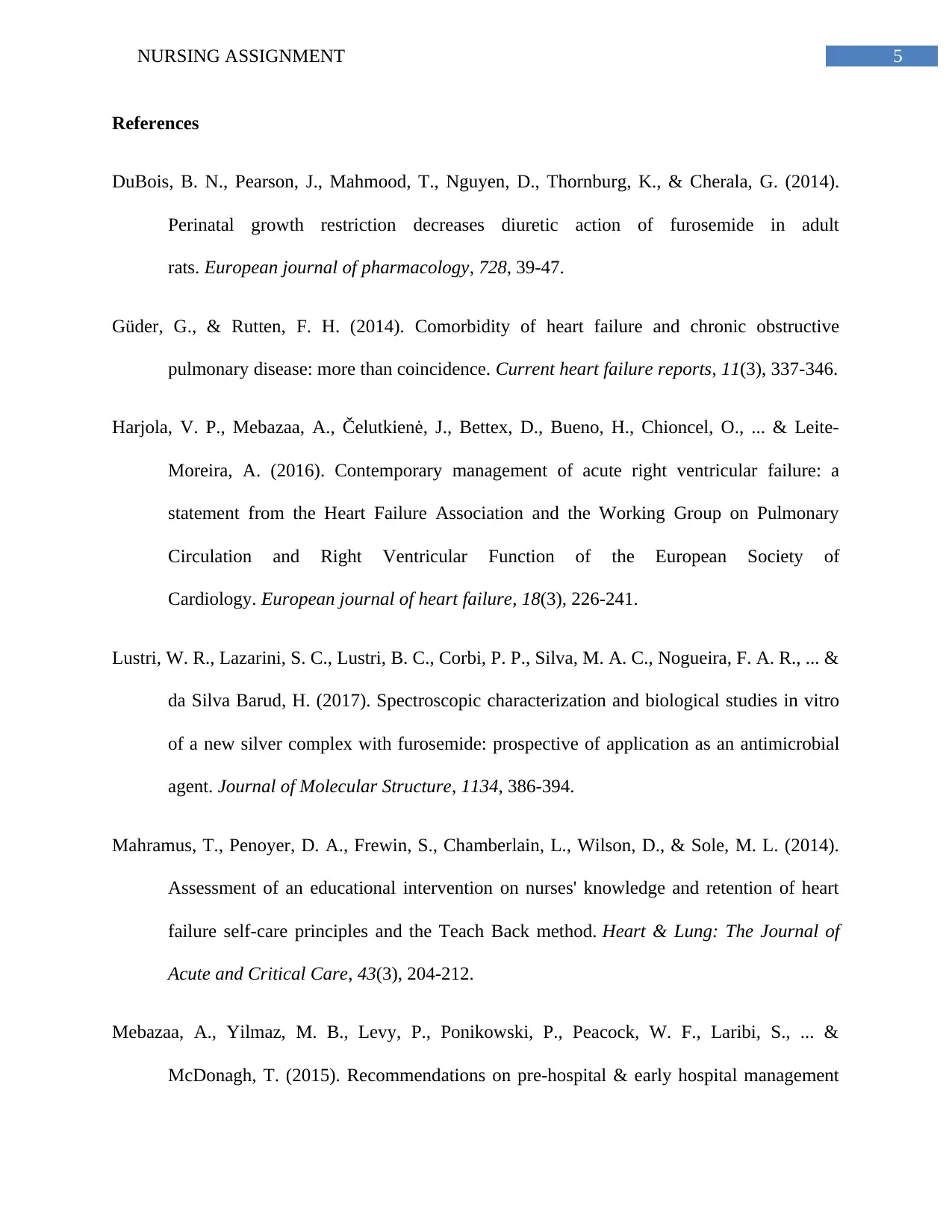
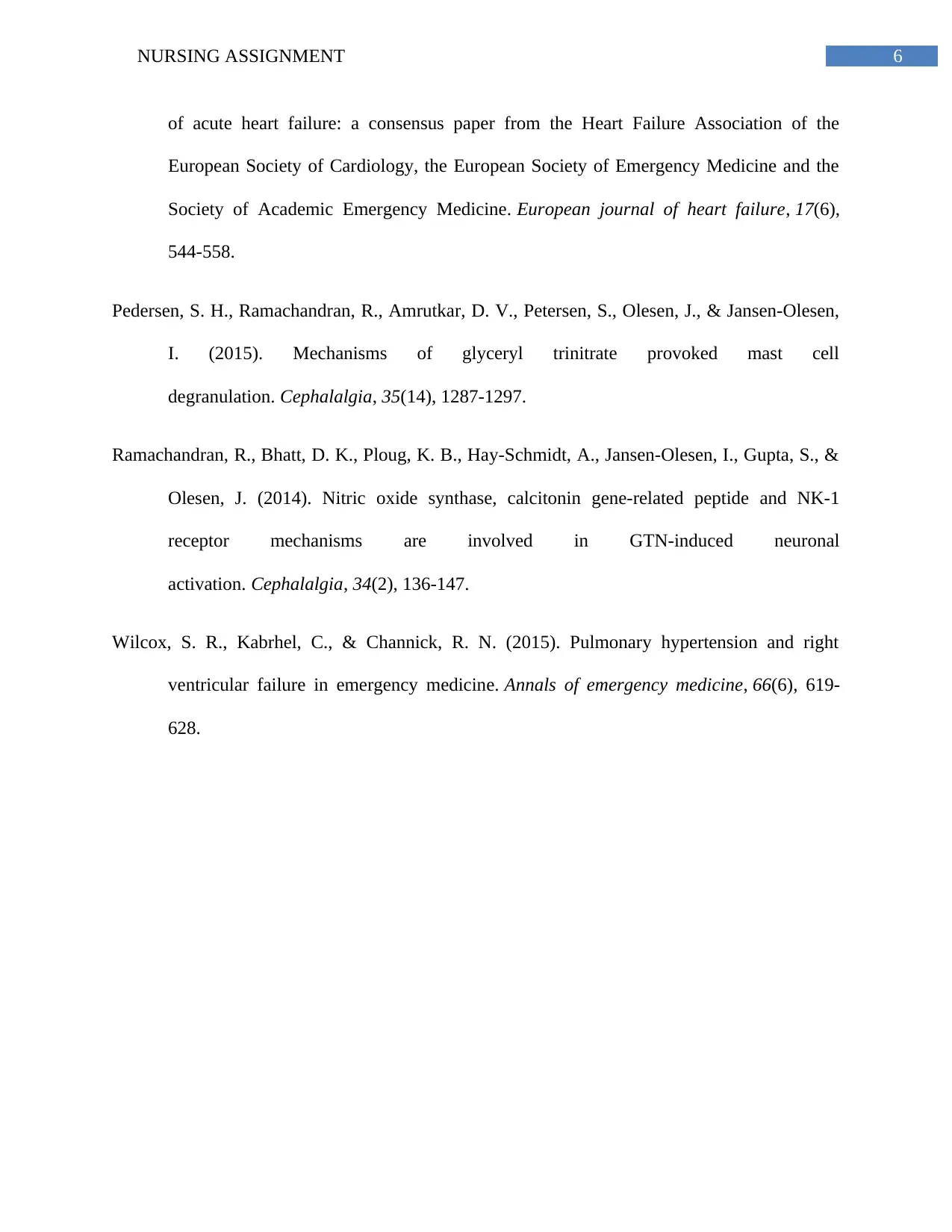






![[object Object]](/_next/static/media/star-bottom.7253800d.svg)